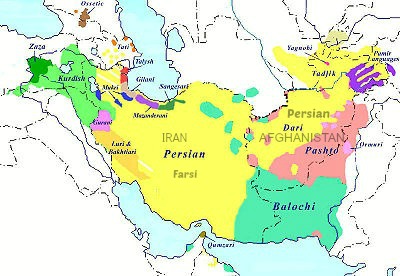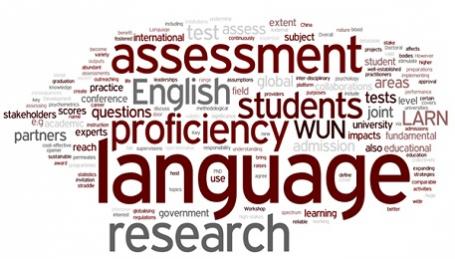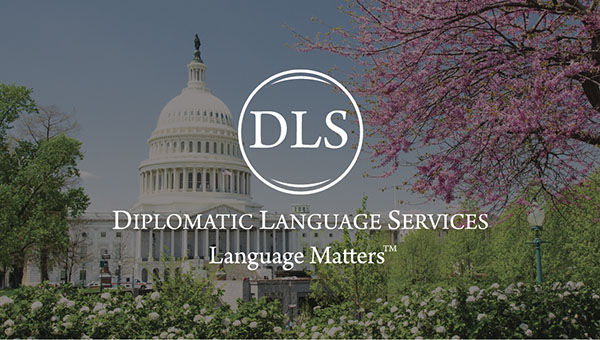We’ve written about the best reasons for a translation agency to maintain translation memories (TM’s). The value of maintaining them is certainly high, but what about those companies that didn’t use a Computer Assisted Translation (CAT) tool for their previous translations? Can these old documents be used to assist in translating future documents and assignments? Thankfully, the answer is yes, and it can be done using an alignment technique.
Alignment involves initially taking older translations that were not used to create a translation memory and matching segments with the source file to create a brand-new TM. This new TM can increase translation speed and lower costs for future translations with this particular client. Essentially, if you have saved your previous translations, even if they aren’t currently attached to a TM, you are sitting on great value.
There is certainly a cost involved in aligning TM’s, though, as it is a long and tedious process. First off, alignment is not something that any project manager can perform. It requires linguists fluent in both the target and source languages, and the best person for the job will most often be the linguist who performed the initial translation. Second, aligning translation memories is a completely manual process, and it, therefore, takes a great deal of time. For all documents you choose to align, the linguist must read through each line of the text and match it to the corresponding text in the translated document. Furthermore, as is the case with most languages, the source and target text are usually not identical. By this, I mean that translations are rarely, if ever, word-to-word matches, so the linguist must properly align the text.
If you do a lot of work with a single client and future translations closely resemble previous translations, aligning a translation memory will have a great deal of value and will certainly be worth the cost of the initial creation. Furthermore, once the TM is created, this process will not need to be repeated, and the TM can be updated without any hassle.
Do you have Translation or Interpretation needs? Find out more about DLS’ Translation and Interpretation department HERE.



